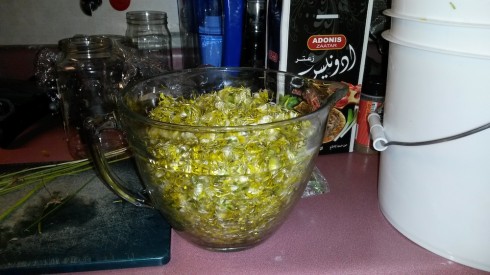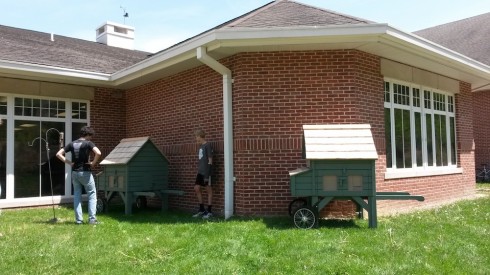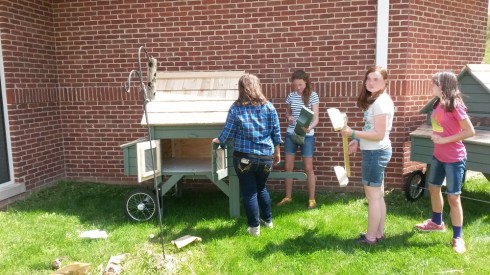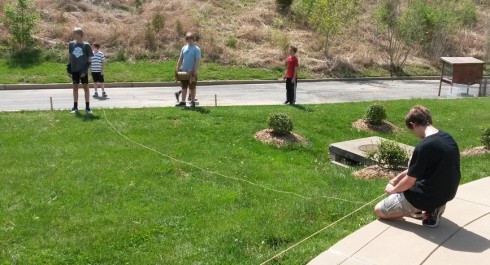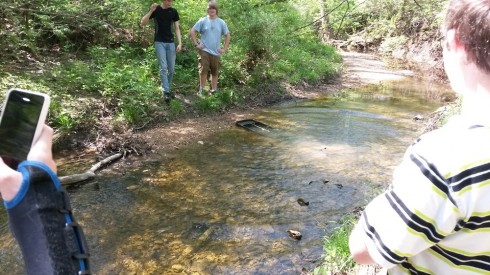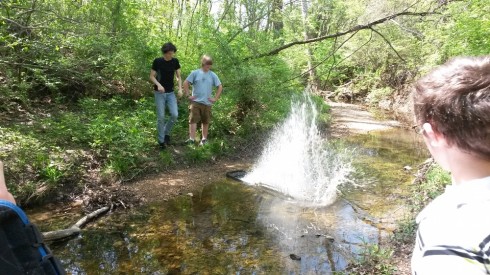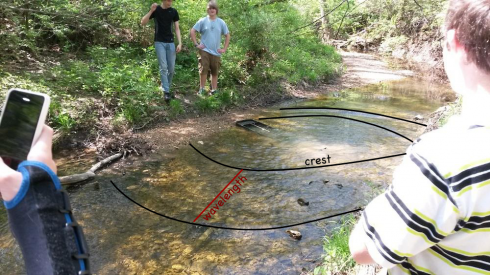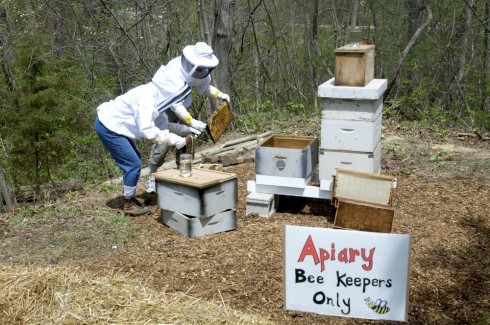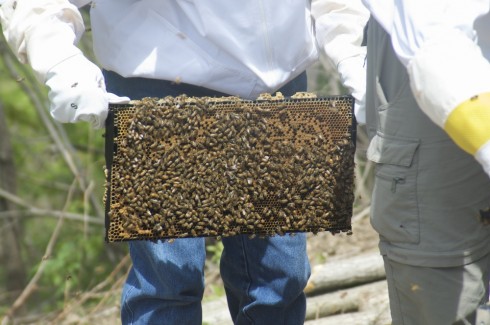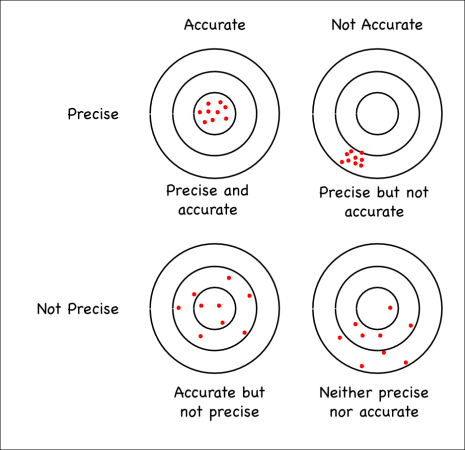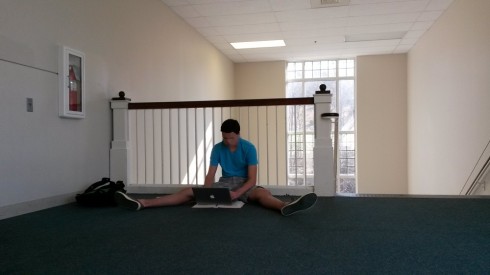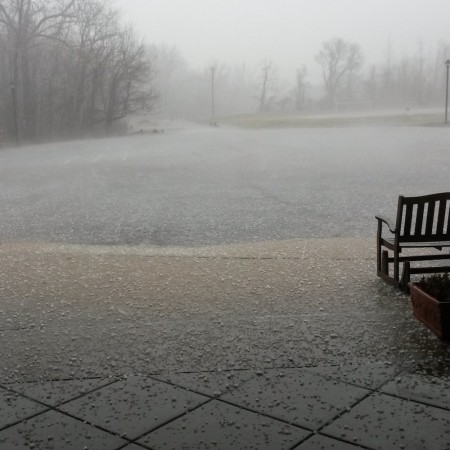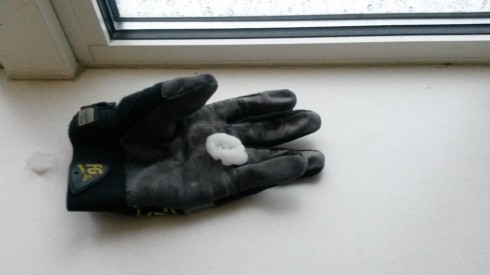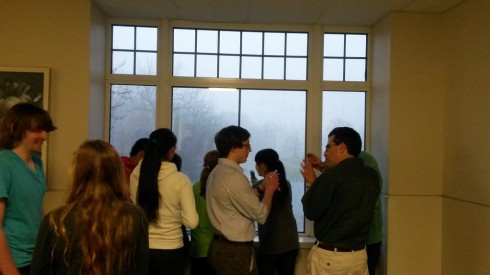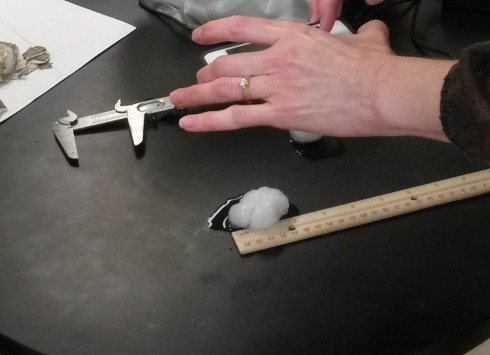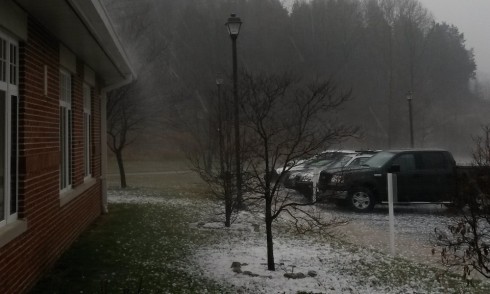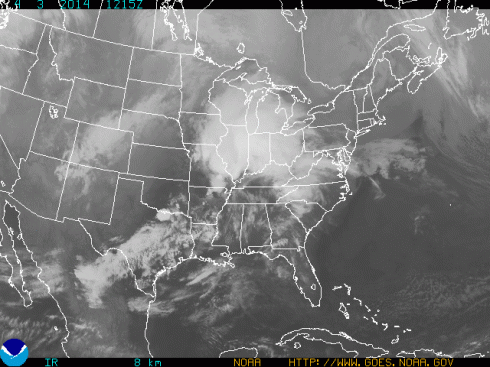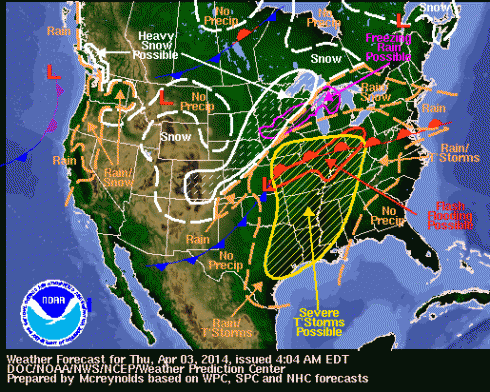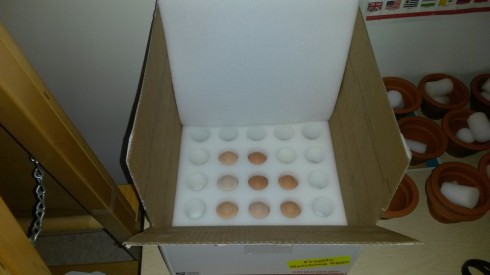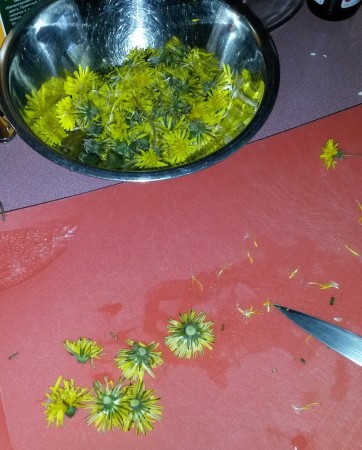
The last two weeks have been peak dandelion season here in eastern Missouri, so I’ve been experimenting with the culinary uses of the flowers.
Dipped in batter and fried, the flower heads did not taste like much. Probably too much seasoning and too much batter. It was good advice to cut off as much of the green outer covering (the sepals) because they are bitter. However, if you cut too close to the base of the petals they fall out all over the place, which is good if you want to collect just the petals.
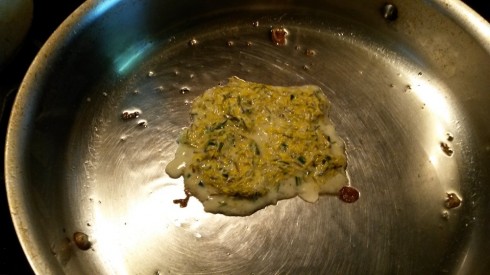
Collecting the petals only is great if you’re trying to make dandelion wine (I’m adapting the second recipe from here), except that I’m only using petals (2 quarts). I keep the same amount of sugar (3 lbs), oranges (4), water (1 gallon), and yeast (winemaker’s). This is the appropriate timing for this project since we just covered the differences between aerobic respiration and fermentation.
